Dogs naturally bite as part of their instincts and emotions like fear and pain. When puppies play, they learn not to bite too hard, called ‘bite inhibition.’ With proper guidance from a young age, along with socialization and training, dogs, even older ones, can be taught not to bite. It’s important to note that hitting a dog is not part of this teaching process. It’s crucial for both children and adults to know How to Stop Dog Bites? However, it’s essential to recognize that the owner bears the ultimate responsibility for the dog’s actions. Thankfully, there are steps you can take to prevent your dog from biting someone. Responsible ownership and educating the public are vital for everyone’s safety. Understanding why dogs bite and how to prevent it is key.
Why Do Dogs Bite?
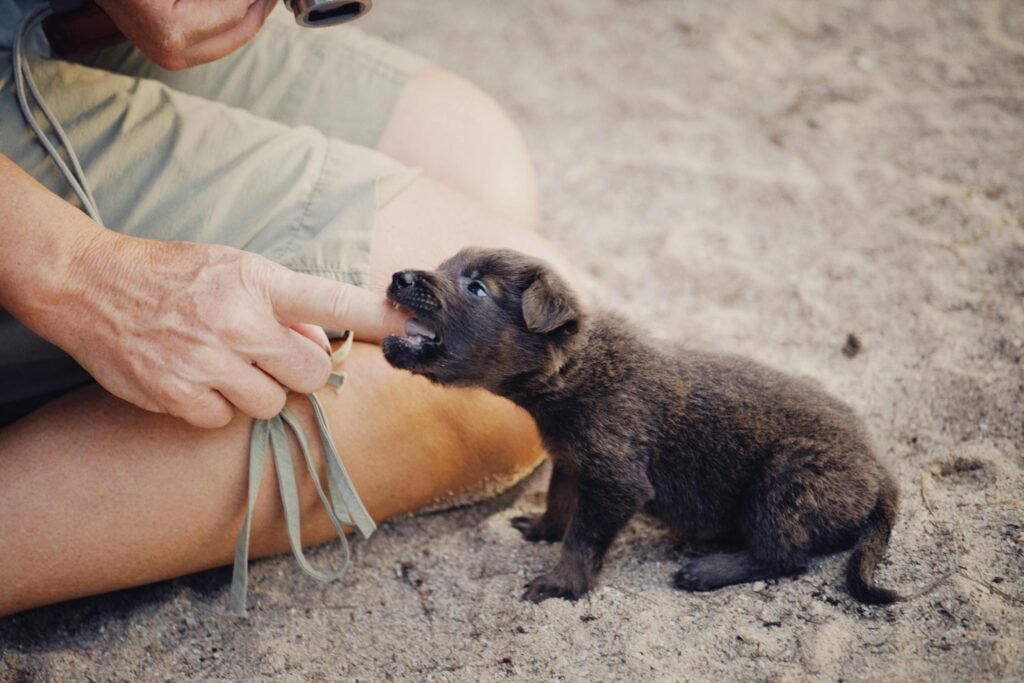
Dogs often bite when they feel threatened, a natural instinct even in domesticated ones. Understanding potential triggers for this behavior is crucial for anyone interacting with a dog.
- They may bite to protect themselves, their territory, or their family, including fiercely guarding their puppies.
- Being startled, sudden approaches, or running away can also trigger biting, either from fear or instinctive response.
- Fearful situations, whether severe like abuse or seemingly ordinary like loud noises, can prompt a dog to bite anyone who approaches.
- Additionally, injury or illness can cause a dog to react defensively, even toward familiar individuals.
How to Stop Dog Bites?
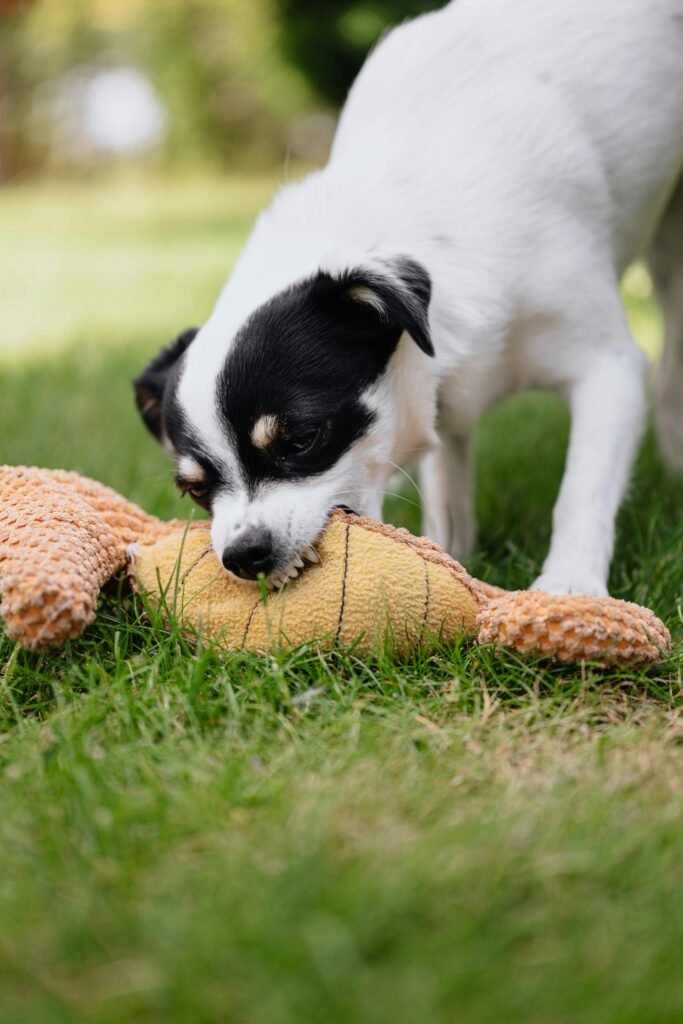
As a responsible dog owner, it’s crucial to take charge of your dog’s training and behavior to prevent bites. Here are some steps you can take:
- Train your dog consistently from puppyhood onward, reinforcing lessons regularly.
- Socialize your dog with various people and situations in a positive manner.
- Expose your dog to different environments and stimuli early on to reduce fear responses.
- Be aware of situations that might trigger aggression in your dog and take proactive steps to manage them.
- Avoid using physical or aggressive punishment; instead, focus on positive reinforcement.
- Always keep your dog leashed or in a secure area, especially in public spaces.
- Warn others about your dog’s behavior if necessary and use a muzzle if appropriate.
- Keep up with vaccinations and routine vet visits to ensure your dog’s health and well-being.
By following these guidelines, you can help prevent dog bites and ensure the safety of both your pet and others.
Tools to Prevent Dog Biting
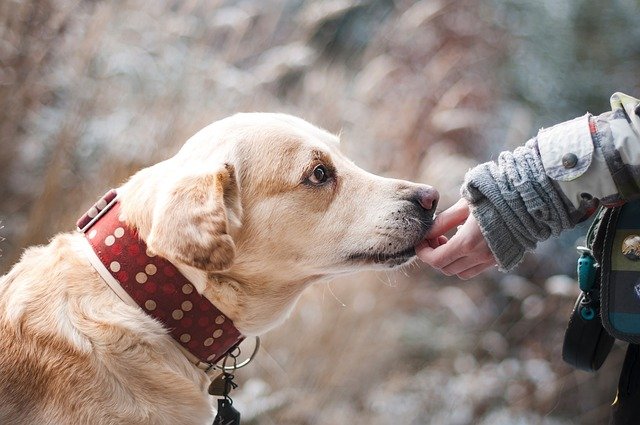
If your dog is displaying aggression or biting behavior, seeking professional guidance from a veterinarian and a qualified trainer is essential. We recommend utilizing the following tools to help prevent your dog from biting, especially when used in conjunction with other training methods:
- Remote Training Collar:
- A remote training collar is an effective tool for teaching your dog sound commands to modify their behavior.
- This manual training method works by providing a distraction to your dog when they exhibit undesirable behavior.
- The distraction interrupts your dog’s current behavior, allowing you to redirect their attention to something else, such as recalling or heeling.
- This collar is particularly useful when verbal commands may not be effective, especially in situations where your dog is highly aroused or excited.
- When used alongside other training techniques, a remote training collar can help your dog become more comfortable socializing and exploring.
- Muzzle:
- A muzzle is a reliable way to prevent your dog from biting.
- While wearing a muzzle, your dog can still sniff and communicate but is unable to bite.
- Additionally, a muzzle serves as a visual cue to other owners that your dog is in training and may need space.
- It can help prevent startled reactions from others, minimizing the risk of provoking your dog.
By incorporating these tools into your training regimen and seeking professional guidance, you can work towards addressing your dog’s biting behavior and ensuring the safety of both your pet and others.
How to Interact Safely with A Dog?

Dogs are adorable and often friendly, but it’s crucial to remember they can react unpredictably, especially to strangers.
Even if you’re not a dog owner, it’s essential for you and those around you, including kids, to understand how to approach and interact with dogs safely:
- Always ask for permission before approaching or touching an unfamiliar dog. If the owner isn’t around, it’s best to steer clear.
- Avoid approaching a dog while it’s eating, sleeping, or caring for puppies, as they may be protective and easily startled in these situations.
- If you encounter an injured dog, don’t attempt to touch or move it. Contact a professional for help.
- Never leave young children or babies alone with any dog.
- When meeting a new dog, let them come to you. Crouch down, avoid direct eye contact, and let the dog sniff your hand before petting.
- Avoid getting too close to a dog’s face, including hugging or kissing them, especially if you don’t know the dog.
- If you find yourself cornered by a dog, remain calm, avoid eye contact, and don’t run or scream. Slowly back away when the dog loses interest.
- If a dog knocks you over, curl into a fetal position, covering your head and face. Stay calm and still until the dog moves away.
Following these guidelines can help prevent misunderstandings and keep interactions with dogs safe for everyone involved.

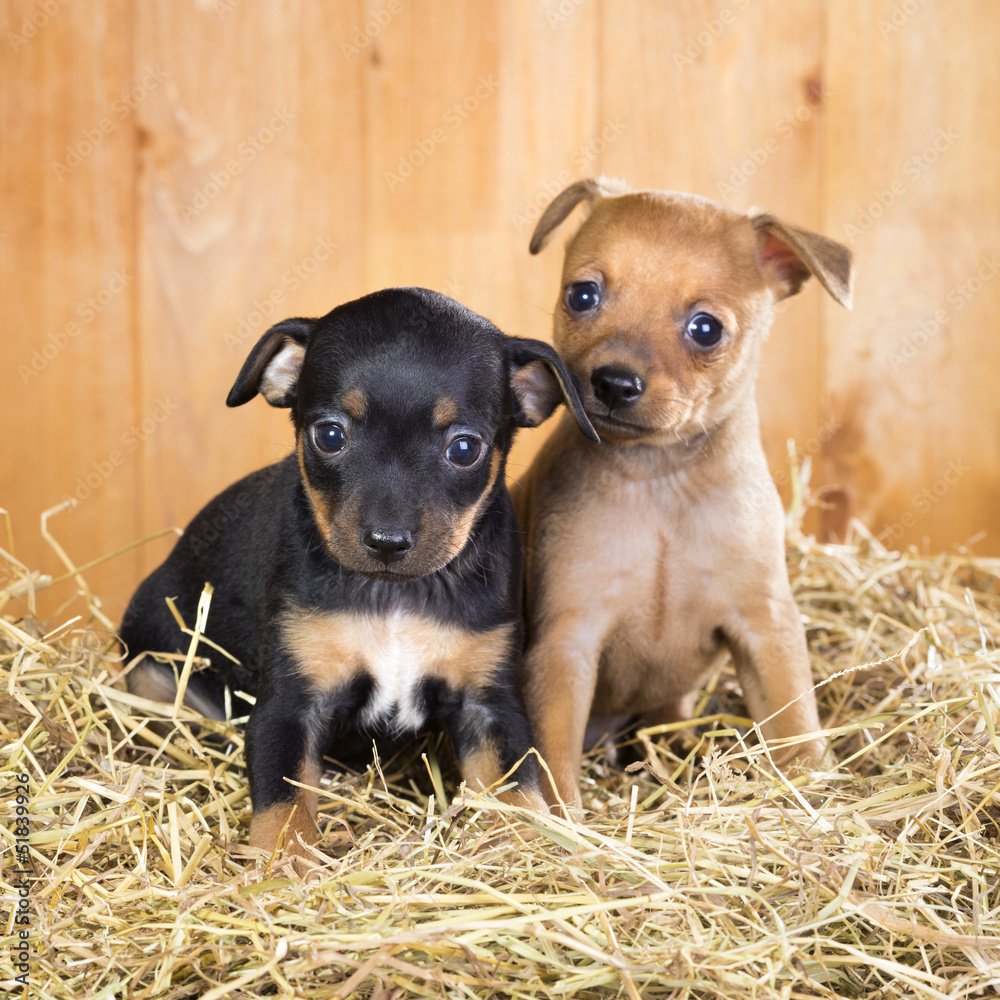
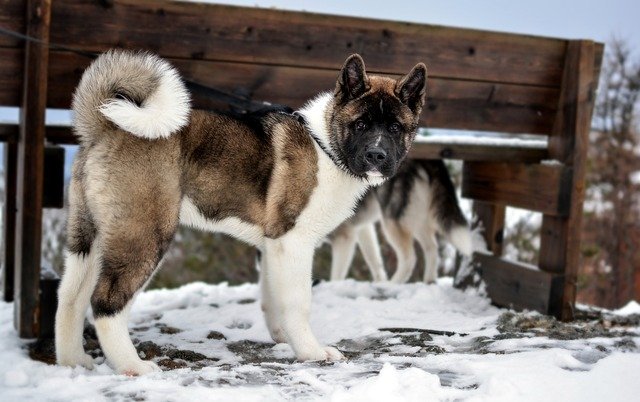
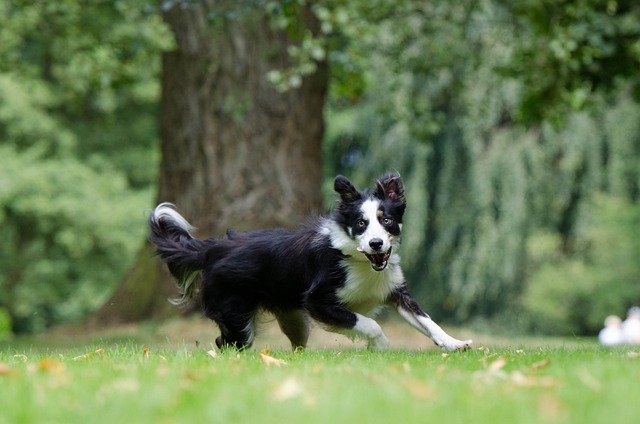
Very nice